 “Bomb threat! You need to exit — now,” a security officer shouted at me as I observed the Principles First conference, a gathering of moderate Republicans in Washington, on Feb. 22. Moments later, we learned that the threat had come from an untraceable email claiming that four pipe bombs had been planted “to honor the J6 hostages recently released by Emperor Trump.”
“Bomb threat! You need to exit — now,” a security officer shouted at me as I observed the Principles First conference, a gathering of moderate Republicans in Washington, on Feb. 22. Moments later, we learned that the threat had come from an untraceable email claiming that four pipe bombs had been planted “to honor the J6 hostages recently released by Emperor Trump.”
I wish I could say I was shocked, but sadly, I wasn’t. Just days earlier, former Proud Boys leader Enrique Tarrio and other insurrectionists pardoned by President Donald Trump for their involvement in the Jan. 6, 2021, attack on the U.S. Capitol were being hailed as heroes at the Conservative Political Action Conference, a major gathering of Trump’s “Make America Great Again” movement. One of them even boasted at the event, “We’re like gods.”
During the conference, Tarrio led a group back to the U.S. Capitol, where they chanted, “Whose house? Our house!” He was later arrested for assaulting a protester. After his release, Tarrio showed up at the Principles First venue, where he verbally harassed Michael Fanone, the former Washington police officer who was severely injured while defending the Capitol during the insurrection.
As an anthropologist specializing in political violence, I see these events as clear warning signs that the United States is in serious trouble. In my 2021 book “It Can Happen Here,” I argued that bad actors are becoming increasingly emboldened, escalating the risk of politically motivated violence. This threat became even more apparent on June 14, when Trump supporter Vance Boelter shot two Minnesota state Democrats and their spouses, killing State House Speaker Emerita Melissa Hortman and her husband. Authorities later discovered a hit list with the names of 45 Democratic officials in Boelter’s car.
Four key factors are driving this surge in political violence. First, despite branding himself as a “law and order” president, Trump has fostered a culture of impunity. It’s not just that he’s a convicted felon whose three remaining criminal cases were dismissed or suspended after his re-election. Long before that, he infamously declared, “I could stand in the middle of Fifth Avenue and shoot somebody, and I wouldn’t lose any voters.”
On his first day back in office, Trump pardoned or commuted the sentences of more than 1,500 January 6 insurrectionists, including Tarrio. He has continued issuing pardons to allies, with the Justice Department’s pardon attorney, Ed Martin, posting on X, “No MAGA Left Behind.” By politicizing the presidential pardon, Trump has sent a dangerous message that partisan violence is acceptable.
The second factor is the history of political violence, which increases the likelihood of future incidents. As I explained in “It Can Happen Here,” the U.S. has a long history of political violence to draw upon. Even recent events provide ample cause for alarm.
Trump bears much of the blame. Before the January 6 insurrection, he attacked election integrity and explicitly directed the Proud Boys — and by extension, other far-right extremists — to “stand by.” Like other scholars at the time, I warned that the risk of violence in the U.S. was alarmingly high. While dramatic, neither the October 7, 2020, arrest of militia members who plotted to kidnap Michigan Governor Gretchen Whitmer nor the Jan. 6 Capitol attack came as a surprise.
As the 2024 election approached, the threat of violence once again escalated. Trump himself narrowly escaped an assassination attempt during a July 13 rally in Pennsylvania, threats against election workers surged, and many feared that a contested election would again lead to an insurrection — a concern that Trump’s victory ultimately rendered moot.
Third, American society remains deeply divided. In my research on U.S. political culture, I have witnessed this polarization firsthand, as people on both the left and the right often demonize the other side as authoritarian, framing politics in apocalyptic us-versus-them terms.
The data underscores just how toxic and entrenched U.S. polarization has become. Nearly half of Americans view those on the opposite side of the political spectrum as “downright evil,” while an even greater share of Democrats and Republicans describe each other as “closed-minded, dishonest and immoral.”
While both parties have contributed to this division, Trump remains the polarizer-in-chief. He repeatedly stoked anger and resentment during his first term, and his 2024 campaign centered on promises of retribution and warnings about “criminal” immigrants and “woke” leftists — groups he continues to demonize.
Lastly, the risk of political violence tends to spike during tumultuous periods, especially when the legitimacy of elections is challenged or when democratic institutions are weakened. Both conditions were present in the lead-up to the 2021 insurrection, and they persist today.
Trump is now waging an aggressive campaign to consolidate executive power. Since returning to the White House, he has sought to undermine every check on presidential authority, including judicial independence, civil society, academic freedom, public-service neutrality, press freedom, and even basic civil liberties.
As a result, today’s America is a tinderbox. When and where the next would-be assassin might strike is anyone’s guess, but one thing is certain: the risk of political violence will spike ahead of the 2026 midterm elections and could reach crisis levels by the presidential election of 2028.
There’s a straightforward way to mitigate this risk: Trump could choose to be a unifier rather than a divider. Polls show that most Americans want the political temperature brought down. Unfortunately, it is far more likely that Trump, who rose to power on a populist platform rooted in fear and grievance — much of it racially tinged — will continue to fan the flames of division, keeping the risk of political violence elevated.
Alex Hinton
Alex Hinton is a professor of anthropology at Rutgers University. The views expressed here are the writer’s own. — Ed.
(Project Syndicate)


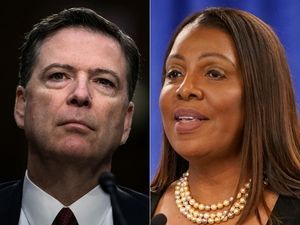
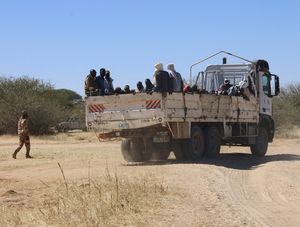
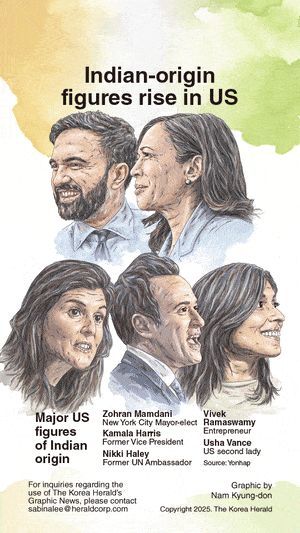
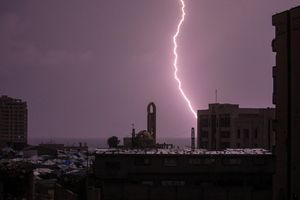
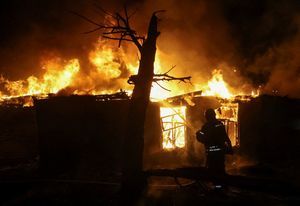


Most Commented